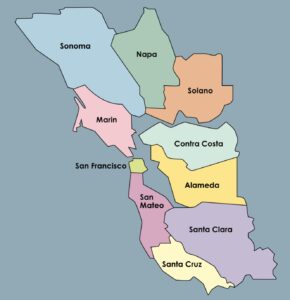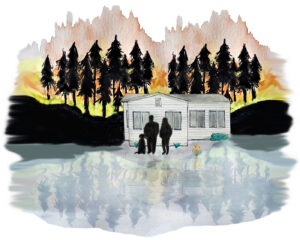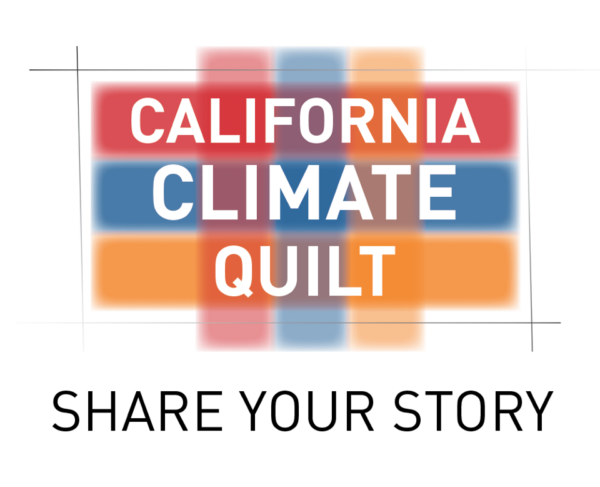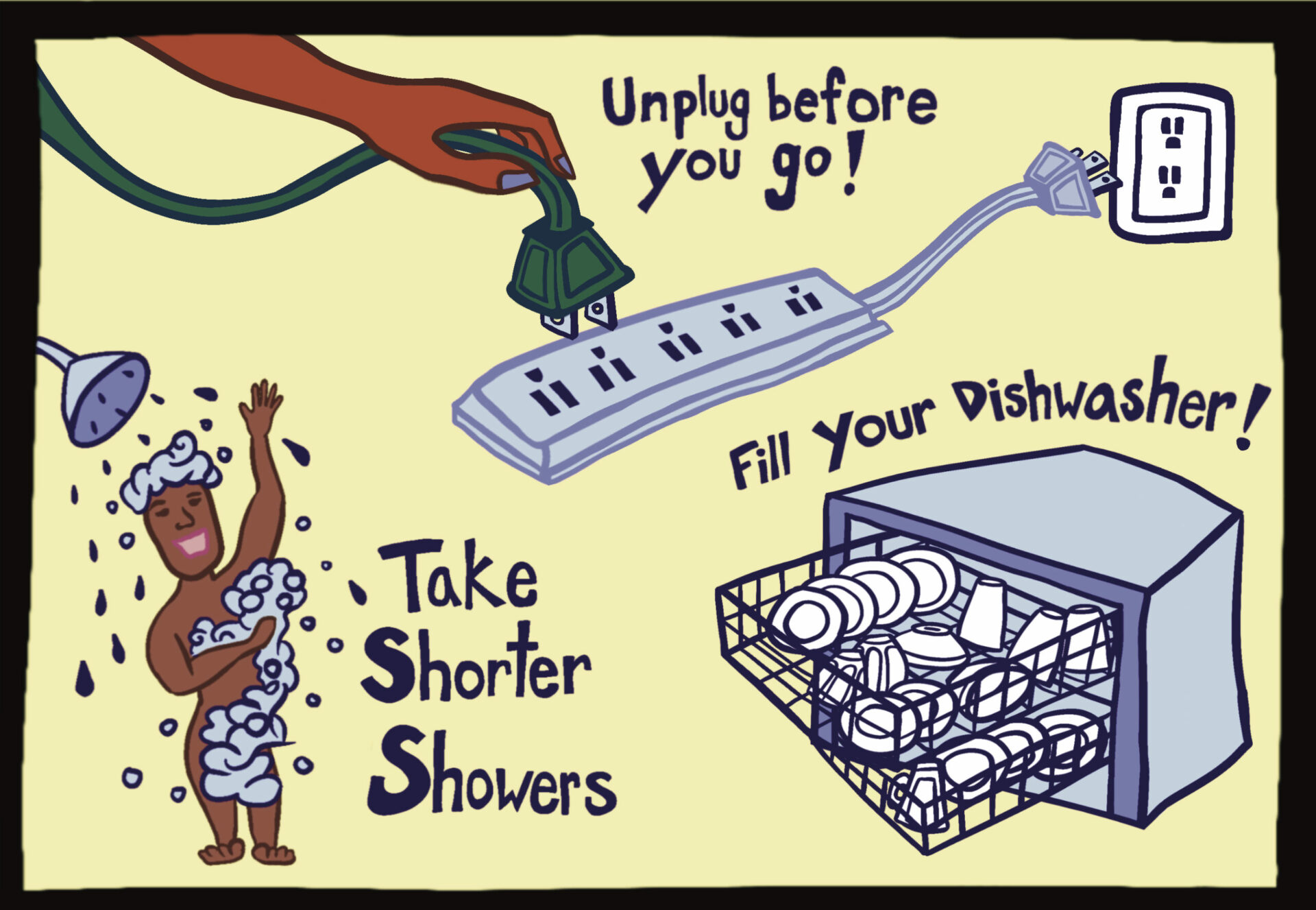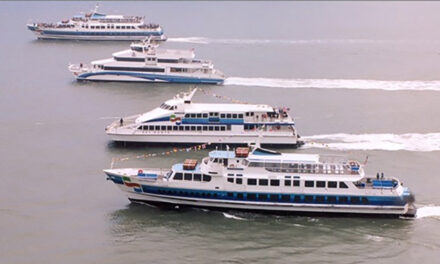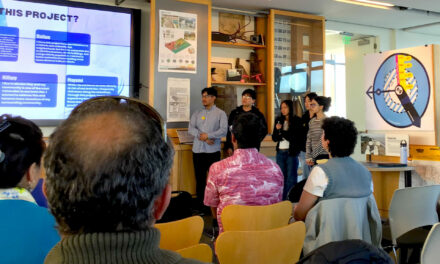Fitbit for Sustainability
A Contra Costa County program that uses technology to inspire residents to take energy-and-water-conserving actions has helped save roughly 32,000 gallons of gas and 1.5 million gallons of water, and averted 830 tons of CO2 emissions, since its 2019 launch.
The program has its origins in a 2012 community resilience challenge led by local nonprofit Sustainable Contra Costa. “We would ask people to make pledges about the projects or behavior changes they would make, but could only track commitments, not actions,” says Tina Neuhausel, president and co-founder of the 15-year-old organization.
In 2019, with a grant from the Bay Area Air Quality Management District, Sustainable Contra Costa launched the Cleaner Contra Costa Challenge in partnership with the Contra Costa Water District and six cities, including Walnut Creek, Pleasant Hill, Moraga, Antioch, Pittsburg, and Martinez. The new and improved challenge uses a web-based platform that allows users to commit to actions — ranging from “easy,” like taking shorter showers, to “challenging,” such as buying an electric vehicle — and track their progress. The platform also provides resources, such as information on rebates, to make following through on commitments easier.
“We can see our household progress, and that makes us feel good, but also we can see our collective progress as a community,” says Neuhausel. “Saving over a million gallons of water is very motivating.”
“People are worried about climate change and really want to help, but often don’t know where to start,” says Lisa Altieri, founder and president of Community Climate Solutions, which provides the platform. “Having a framework and easy steps for choosing and completing actions makes it simpler.”
Altieri’s company is now working with 40 cities and counties across the US on similar platforms. She says she has found that community is key to creating behavior change. “When people start talking together about the actions they are planning to take, they start sharing and encouraging each other,” Altieri says. “They are far more likely to complete actions when working together with others.”
The pandemic created obstacles for the community element of the challenge: early plans for outreach efforts were centered around schools, clubs, and churches, all of which shut down in March 2020. Nevertheless, by the end of 2021, the Challenge had achieved more than 80% of its goals. This year, Sustainable Contra Costa aims to add two more partner cities to the challenge and reach a cumulative CO2 savings of 1,200 tons by July.
Other Recent Posts
Assistant Editor Job Announcement
Part time freelance job opening with Bay Area climate resilience magazine.
Training 18 New Community Leaders in a Resilience Hot Spot
A June 7 event minted 18 new community leaders now better-equipped to care for Suisun City and Fairfield through pollution, heat, smoke, and high water.
Mayor Pushes Suisun City To Do Better
Mayor Alma Hernandez has devoted herself to preparing her community for a warming world.
The Path to a Just Transition for Benicia’s Refinery Workers
As Valero prepares to shutter its Benicia oil refinery, 400 jobs hang in the balance. Can California ensure a just transition for fossil fuel workers?
Ecologist Finds Art in Restoring Levees
In Sacramento, an artist-ecologist brings California’s native species to life – through art, and through fish-friendly levee restoration.
New Metrics on Hybrid Gray-Green Levees
UC Santa Cruz research project investigates how horizontal “living levees” can cut flood risk.
Community Editor Job Announcement
Part time freelance job opening with Bay Area climate resilience magazine.
Being Bike-Friendly is Gateway to Climate Advocacy
Four Bay Area cyclists push for better city infrastructure.
Can Colgan Creek Do It All? Santa Rosa Reimagines Flood Control
A restoration project blends old-school flood control with modern green infrastructure. Is this how California can manage runoff from future megastorms?
San Francisco Youth Explore Flood Risk on Home Turf
At the Shoreline Leadership Academy, high school students learn about sea level rise through hands-on tours and community projects.

